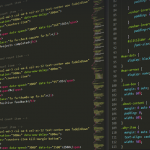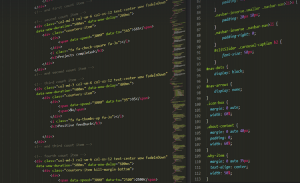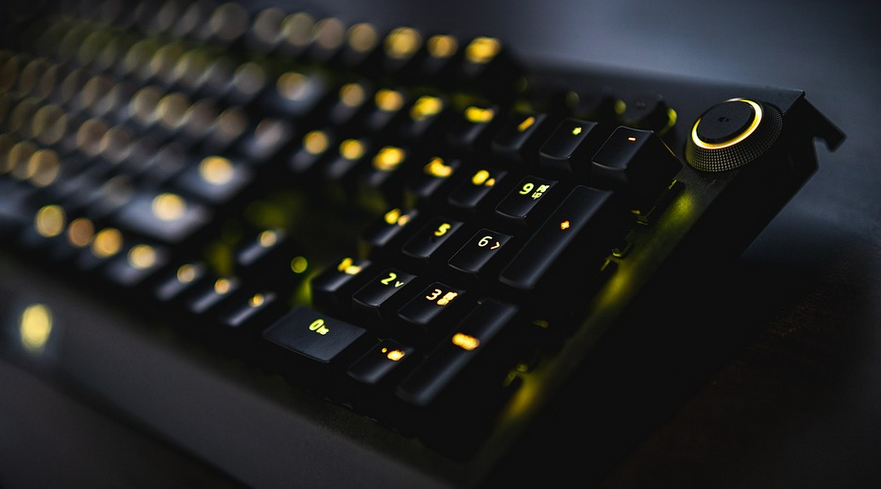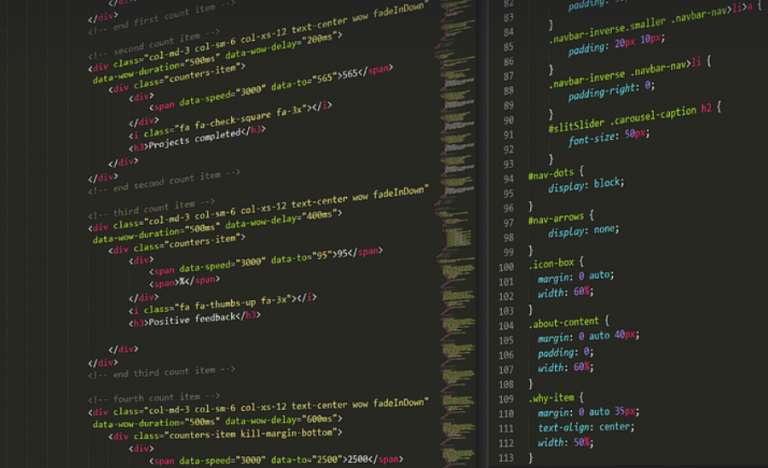The Importance of Printing Quality Control
In the world of print, where visual appeal and accuracy are paramount, printing quality control stands as a crucial pillar. It’s the unsung hero that ensures your printed materials—from brochures to business cards—exhibit professional standards, captivating your audience with every detail.
Imagine receiving your latest marketing campaign on glossy paper only to discover a smudge in the corner or a misaligned logo. This scenario, while uncommon in the digital age, highlights the indispensable role of quality control. It’s about going beyond just aesthetics and delving into the technical intricacies of printing.
Here’s why printing quality control is vital:
The Impact on Your Business
Quality control directly impacts your business, influencing everything from customer satisfaction to brand image. A high-quality print job creates a lasting impression and fosters trust in your brand. Conversely, errors, inconsistencies, or poor visuals can damage consumer perception and hinder your overall success.
Think of it this way: Would you be inclined to choose a business that sends out unprofessional materials? Probably not. Quality control ensures you present a polished and professional image, making you stand out in the competition.
Further, quality control plays a significant role in streamlining your production processes. By catching errors early on, you can prevent costly re-prints or rework later down the line, ultimately saving time and money.
The Role of Quality Control Professionals
Quality control requires skilled professionals who understand the intricacies of print media. These specialists are often responsible for a range of tasks, from inspecting printed materials to identifying imperfections to resolving quality issues.
Here’s a glimpse into their responsibilities:
- **Color Matching and Consistency:** Ensuring that all elements in your design, such as logos, text, and images, are accurately reproduced using the correct colors across various print formats.
- **Image Quality and Resolution:** Assessing image clarity, resolution, and sharpness to ensure high-resolution visuals that maintain their original quality throughout the printing process.
- **Paper Type and Weight Check:** Examining different paper varieties for appropriate weight, texture, and ink absorption to guarantee a smooth, consistent print experience.
- **Dimensional Accuracy:** Verifying the dimensions of printed materials correspond with the design specifications, ensuring proper size and layout throughout.
- **Mechanical Quality Control:** Inspecting all aspects of printing equipment for optimal functionality, including alignment, registration, and press settings to guarantee flawless prints.
Modern Technology in Quality Control
The landscape of quality control is continually evolving with modern technology. This includes the use of advanced software tools and digital imaging techniques that streamline processes and enhance accuracy.
Here’s how these innovations are impacting the industry:
- **Automated Systems:** Automated systems can detect even minor flaws in printing, such as inconsistencies in color or text alignment, reducing human error and increasing efficiency.
- **Software-Based Color Matching:** Specialized software programs now utilize advanced algorithms to match colors with unmatched precision, ensuring a consistent visual experience across all printed materials.
- **Digital Imaging Analysis:** Digital cameras and software analysis tools can identify subtle imperfections like ink bleeding or dust particles that might be missed by the human eye, enhancing overall print quality.
The Future of Printing Quality Control
As technology advances, the future of printing quality control holds exciting possibilities. Automation is set to play a larger role in reducing manual errors and increasing speed while ensuring precision. Digitalization will continue to reshape the industry, allowing for real-time monitoring, data analytics, and even predictive maintenance of printing equipment.
Additionally, incorporating AI into quality control processes is becoming increasingly prevalent. This intelligent approach can automate tasks like color correction and image analysis, further streamlining production workflows and ensuring a consistent high standard in print quality.
Conclusion: The Importance of Quality Control
Printing quality control is not merely about making your brochures or business cards look good; it’s about creating a seamless brand experience that resonates with your audience. It ensures consistency, precision, and visually stunning results. Investing in skilled professionals and embracing technological advancements will continue to elevate the printing industry and shape its future.
When you prioritize quality control, you invest not just in physical products but also in building trust, fostering a positive brand image, and ultimately, achieving success in your business.













